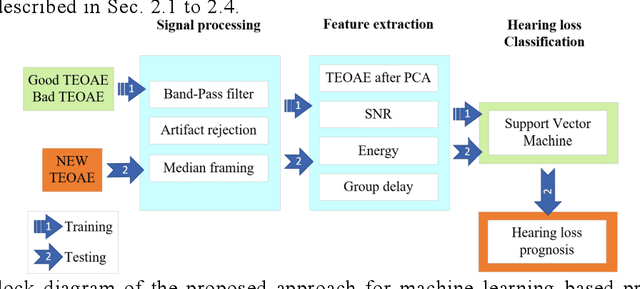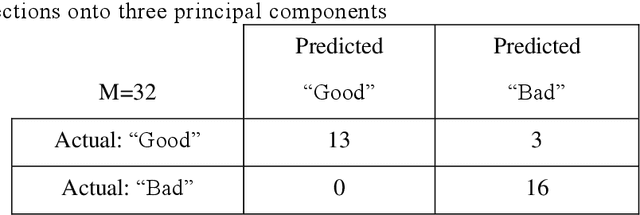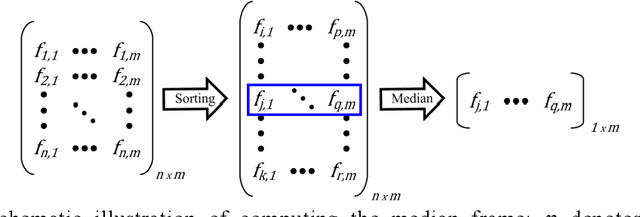Meniere's Disease Prognosis by Learning from Transient-Evoked Otoacoustic Emission Signals
Paper and Code
May 30, 2019



Accurate prognosis of Meniere disease (MD) is difficult. The aim of this study is to treat it as a machine-learning problem through the analysis of transient-evoked (TE) otoacoustic emission (OAE) data obtained from MD patients. Thirty-three patients who received treatment were recruited, and their distortion-product (DP) OAE, TEOAE, as well as pure-tone audiograms were taken longitudinally up to 6 months after being diagnosed with MD. By hindsight, the patients were separated into two groups: those whose outer hair cell (OHC) functions eventually recovered, and those that did not. TEOAE signals between 2.5-20 ms were dimension-reduced via principal component analysis, and binary classification was performed via the support vector machine. Through cross-validation, we demonstrate that the accuracy of prognosis can reach >80% based on data obtained at the first visit. Further analysis also shows that the TEOAE group delay at 1k and 2k Hz tend to be longer for the group of ears that eventually recovered their OHC functions. The group delay can further be compared between the MD-affected ear and the opposite ear. The present results suggest that TEOAE signals provide abundant information for the prognosis of MD and the information could be extracted by applying machine-learning techniques.
 Add to Chrome
Add to Chrome Add to Firefox
Add to Firefox Add to Edge
Add to Edge